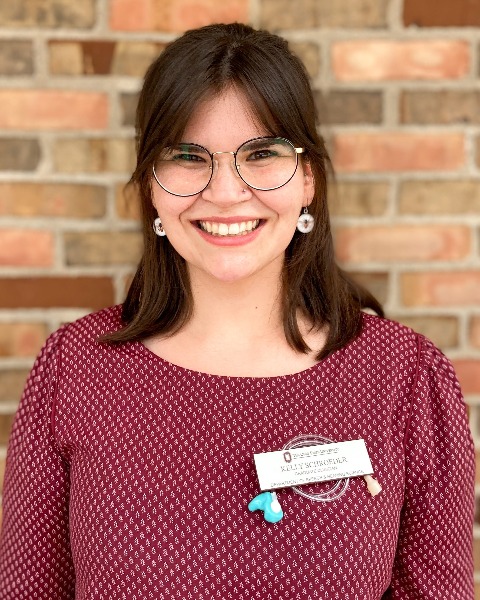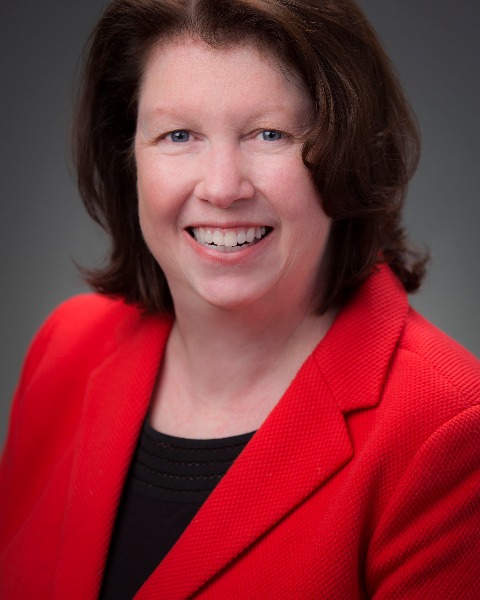(Re)habilitation and Counseling (C)
PP104 - Maximizing Communication Options for Audiologic Rehabilitation

Kelly Schroeder, BA (she/her/hers)
Student
The Ohio State University
The Ohio State University
Columbus, OhioFinancial Disclosures: I do not have any relevant financial relationships with anything to disclose.
Non-Financial Disclosures: I do not have any relevant non-financial relationships with anything to disclose.
Gail M. Whitelaw, PhD
Audiologist/Clinical Professor
The Ohio State University
Columbus, OhioDisclosure(s): The Ohio State University: Employment (Ongoing)
Lead Presenter(s)
Contributor(s)
Summary:
Quality of care in any health profession is dependent on active exchange of information from both the patient and the provider. Patients with receptive language barriers, including but not limited to hearing loss, are vulnerable to communication breakdowns. For individuals with expressive communication disorders and co-occurring hearing loss, information exchange is further degraded. Clinically, this degradation can be expected to adversely affect patient rapport and outcomes.
Augmentative and Alternative Communication (AAC) systems are strategies, tools, and/or devices used to communicate non-verbally. They are commonly used for individuals with congenital or acquired communication disorders. Low-technology aided communication systems are a cost-effective answer to engage both the patient and provider in the decision-making process. The primary aim of this poster is to educate clinical audiologists on the existence and application of AAC systems for different patient populations who have limited expressive language ability.
Examples of low-technology AAC boards that are designed for use in audiologic settings will be included in this poster presentation.
Learning Objectives:
- Define Augmentative and Alternative Communication (AAC)
- Describe the application of AAC systems in clinical practice for patients with communication disorders.
